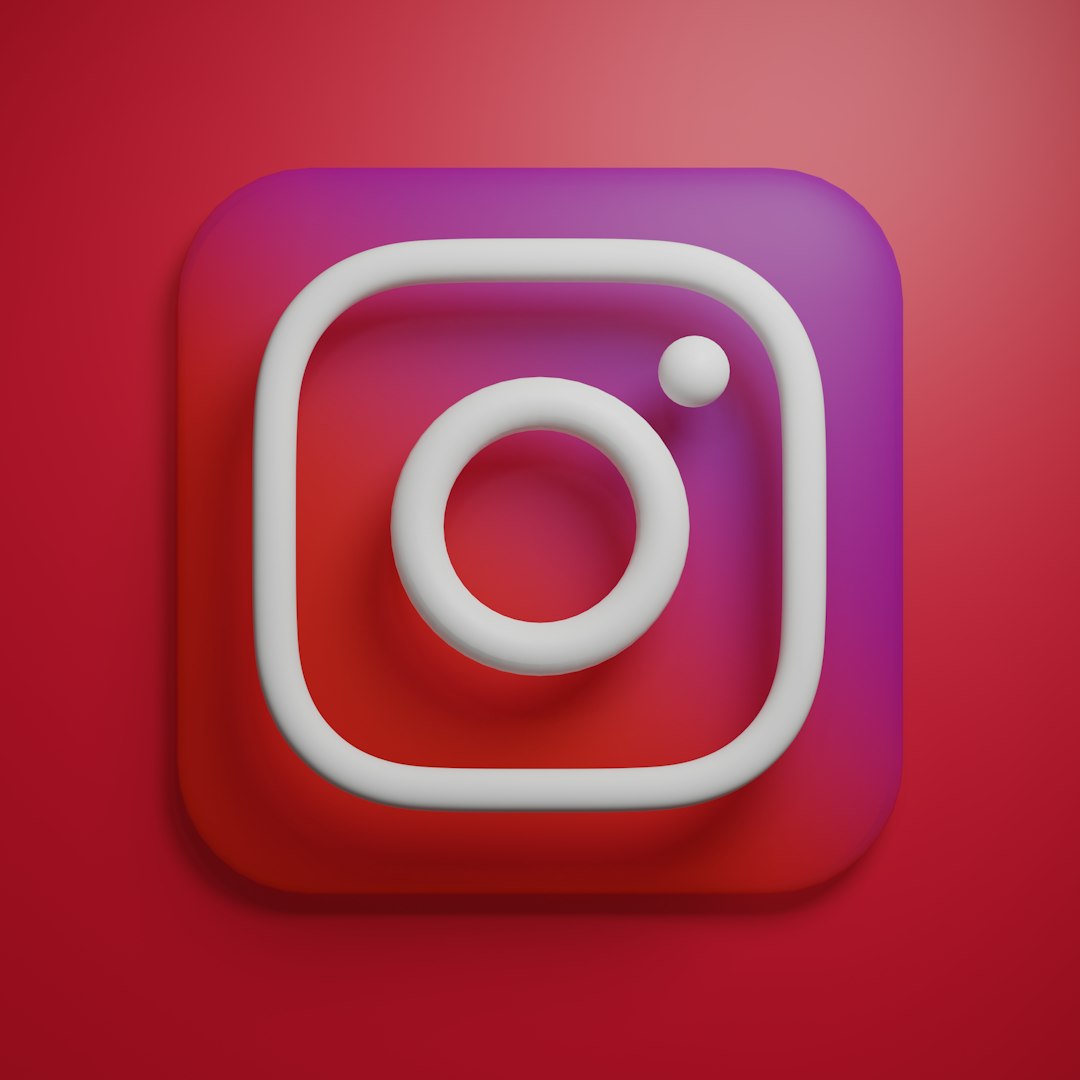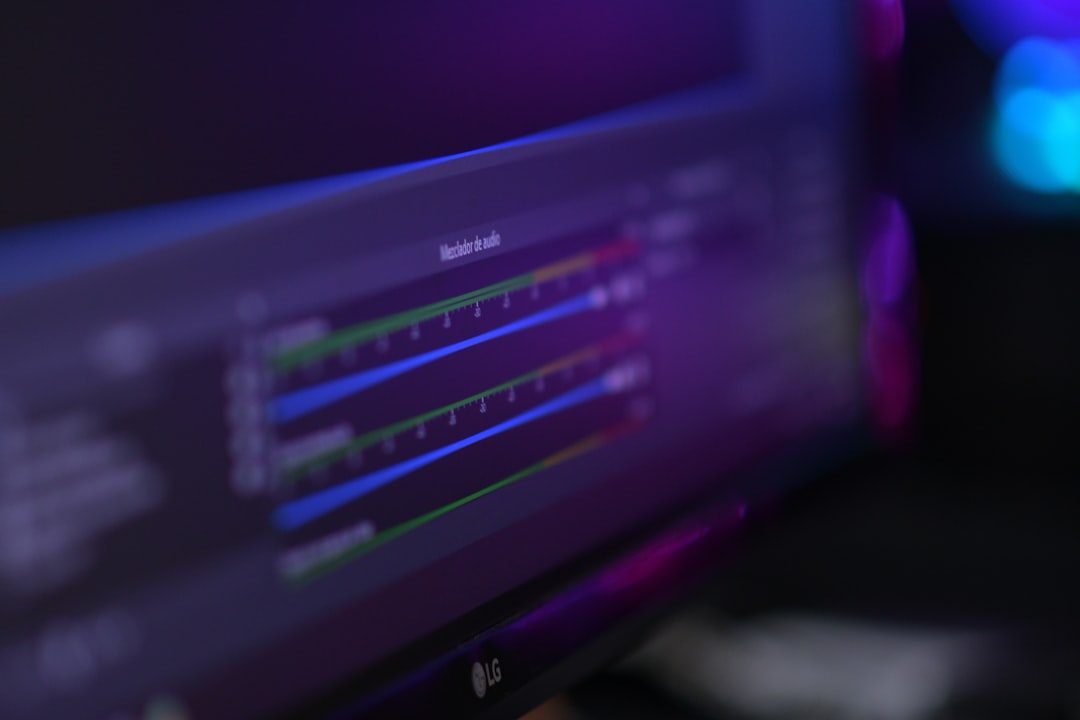In a world dominated by visuals, logos have become one of the most important branding assets a company can own. But creating a beautiful logo is just the beginning—knowing how well your logo performs is where the real magic happens. How can brands determine if their logo is truly making a difference? Welcome to the world of logo metrics, where we’re not just focusing on how nice your logo looks, but how effectively it resonates and performs in the real world.
TLDR:
A logo is only as effective as its performance indicates. Key metrics like saves, shares, click-through rate (CTR), and brand recall help determine how well a logo connects with your audience. These metrics offer insight into visibility, attractiveness, memorability, and impact, providing actionable data to refine both design and marketing strategies. Don’t guess—measure, test, and optimize for the best logo influence.
Why Logo Metrics Matter More Than You Think
Branding teams spend significant time and resources perfecting a logo, but without performance metrics, there’s no true way to gauge its success. A logo is more than a label—it’s a vehicle for recognition, emotional connection, and customer trust. Understanding key performance indicators (KPIs) helps brand managers and designers learn whether their logo is resonating with the target audience or simply blending into the noise.
Let’s dive into the four most telling metrics: Saves, Shares, Click-Through Rate (CTR), and Brand Recall.
1. The Power of Saves: When Viewers Bookmark Your Brand
The save rate of a logo, particularly in social media and mobile-first platforms like Instagram and Pinterest, often indicates genuine interest. When users save an image or post that includes your logo, it means they saw value in it—an emotional response or aesthetic appeal.
Why it matters: A high save count reflects brand desirability and plays a role in user behavior tracking. It suggests that your logo isn’t just being seen, but it’s making people want to come back to it later.
How to track saves:
- Use image-sharing analytics tools (like Pinterest Analytics or Instagram Insights).
- Embed UTM parameters in logo-based image campaigns so platforms like Google Analytics can attribute saves to logo-related content.
- Monitor asset downloads from your website if you allow media kits or press materials to be saved.

When users share a logo or branded image, it speaks volumes about its social appeal and relevance. Shares are essentially endorsements by your audience—you’re gaining free publicity and increased reach at zero additional cost.
Why it matters: Shared logos appear in places well beyond your original platform. It reflects how instantly connectable your brand is and how much people want others to associate with it. Think Apple, Nike, or Starbucks—logos that people proudly show off or incorporate into content.
How to track shares:
- Monitor native platform analytics: Facebook, Twitter, LinkedIn, TikTok, and Instagram offer direct data on shares or reposts.
- Use social listening tools to capture logo appearances and shared images in untagged third-party content.
- Look at user-generated content trends surrounding logo contests, branded stickers, or filter usage.
Pro Tip: Pay attention to where and how your logo is being shared. If it’s ending up in niches you didn’t target, learn why—it could uncover a new audience segment.
3. CTR: Are People Clicking Because of the Logo?
Click-Through Rate (CTR) reveals whether your logo encourages users to take the next step. While CTR is often tied to headlines or branding copy, your logo carries weight here too—especially on banner ads, emails, websites, and digital brochures.
Why it matters: A high CTR tied to logo exposure reinforces that your branding instills curiosity, trust, or recognition. This is especially important during campaigns, where the logo is the common element across channels.
How to track logo-driven CTR:
- Run A/B tests with variations using and not using your logo prominently, then compare CTRs.
- Use heatmaps and session recordings to see if the logo placement directs eyeballs or clicks.
- Embed clickable logos in newsletters and observe engagement levels independently of other call-to-action buttons.

Keep in mind that CTR isn’t just for conversion—it helps evaluate the trust your logo instills on first contact. Too often companies bury their brand behind aggressive CTAs, missing the subtle impact of visual identity.
4. Logo Recall: Measuring the Memory Impact
Brand recall is the true test of how well your logo sticks in people’s minds. If you say “swoosh,” most people instantly think of Nike. That’s the gold standard of logo recall.
Why it matters: If someone recognizes your logo out of context or at a quick glance, your branding is doing its job. Good logo recall boosts repeat engagement, word-of-mouth exposure, and credibility—without having to reintroduce yourself every time.
How to measure recall:
- Conduct surveys asking users what brands come to mind when thinking of your niche—without showing your logo.
- Run image recognition tests where participants choose the correct logo among slight variants.
- Use brand-tracking tools that include aided and unaided recall metrics over time.
Pro Insight: High logo recall doesn’t require outrageous designs. Consistency, frequency, and contextual relevance all play roles. Even a simple typeface (think Google) can become unforgettable if shown consistently and connected to a strong brand experience.
Putting It All Together: The ROI of a Well-Tracked Logo
By monitoring saves, shares, CTR, and recall, businesses can get a 360-degree view of their logo’s impact. These metrics bridge the gap between design intention and audience perception, allowing for data-driven refinements that elevate brand performance.
Actionable Tips:
- Set benchmarks for each metric and update them quarterly.
- Include your logo in A/B test variants during email campaigns.
- Repurpose high-performing logo designs into stickers, merch, and social filters to increase shares and recall.
- Use logo-led campaigns during important events or launches to track peak performance against typical engagement rates.
Final Thoughts: Measure What Matters
It’s time we move from subjective opinions about logos (“It looks nice”) to objective performance data (“It boosted CTR by 20% or was saved 5,000 times”). These metrics give your design meaning and your marketing efforts measurable traction.
The ultimate logo doesn’t just look good—it performs well. And by keeping an eye on the right metrics, you can ensure your logo is more than a symbol—it’s a living, engaging part of your customer’s journey.



